February 2021
Things on a blackboard
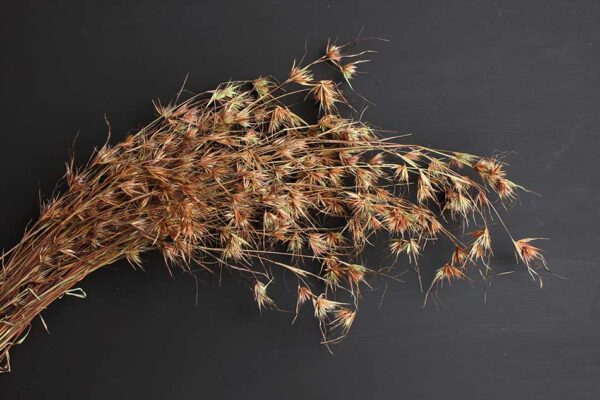
Grass.
Kangaroo grass is an ornamental looking native species that covered more ground in Australia in 1788 than it does in 2021. A neighbour said that when his settler forebears rode their horses through the summer grasslands the high, sun-ripened heads clicked on their stirrups for kilometres at a time. This remark, or something close to it, was poetic I thought, and in that, unexpected.
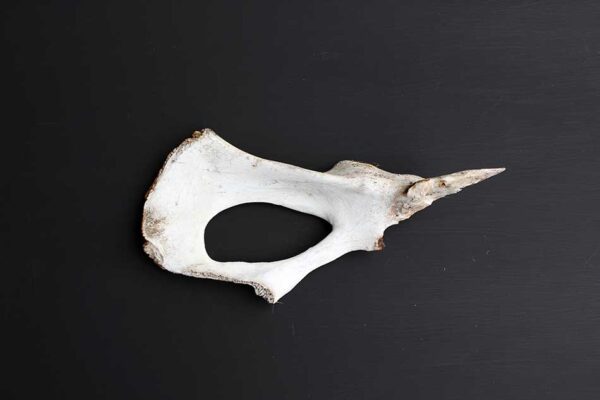
Bone.
The ground in many places in rural Australia is covered, no longer in kangaroo grass, but the bones of animals: cattle and sheep, horses, other introduced species like rabbits — and native marsupials, particularly kangaroos. When an animal dies its bones quickly become flung about over an area much wider than its body-space, by feral dogs and cats, foxes, dingoes and crows.
When I look at these bones, their shapes made more lucid than they were in the paddock by the blackboard’s flat monochrome, I can imagine them inspiring ideas for architectural forms. The Sydney Opera House roof shapes allude to the sails of yachts on the harbour. The designer, Utzon, came from a sailing family. One of these bones could be an aerial view of a house or a waterborne concert hall skimming or hovering over a dark sea. Beyond this they are beautiful for precisely what they are and were and will be.
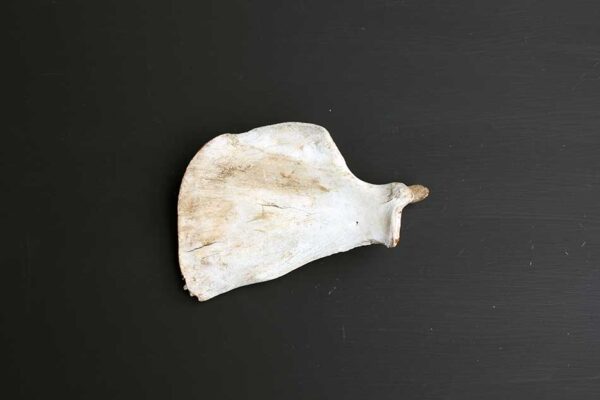
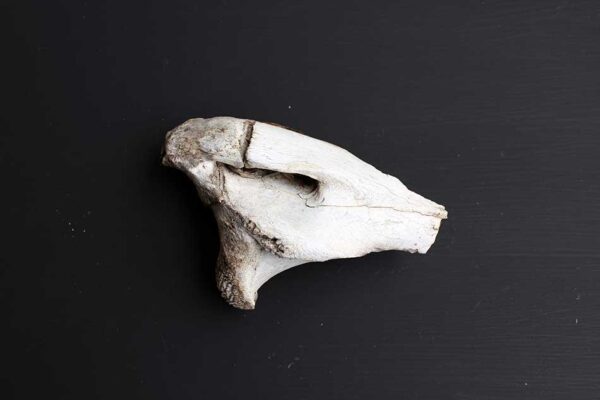
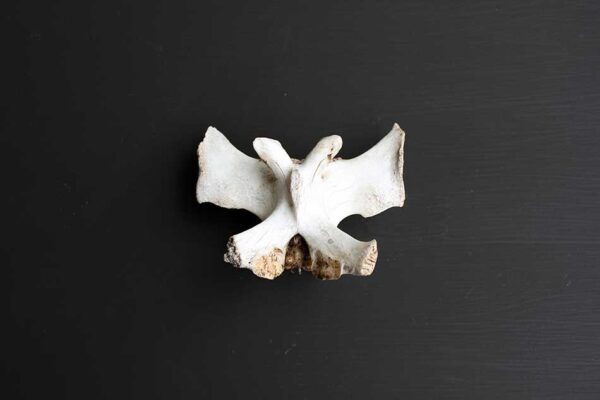
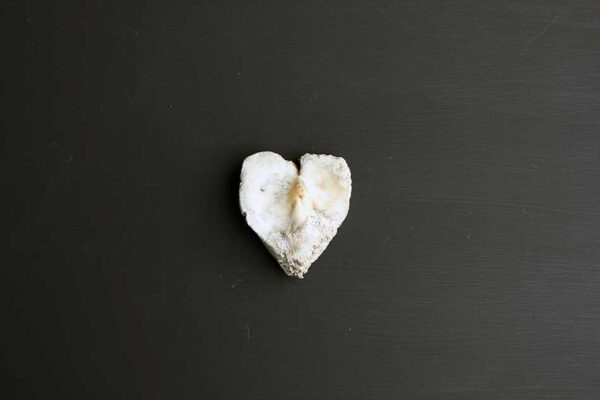
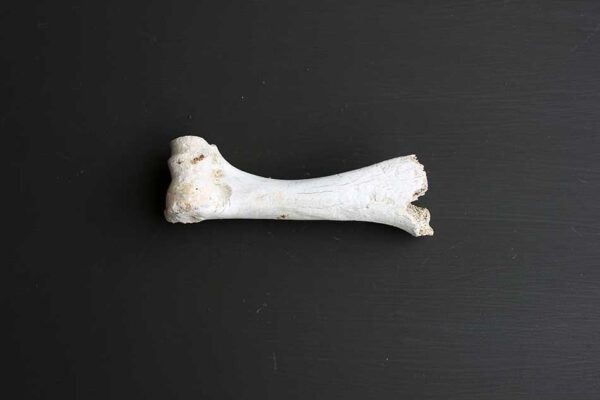
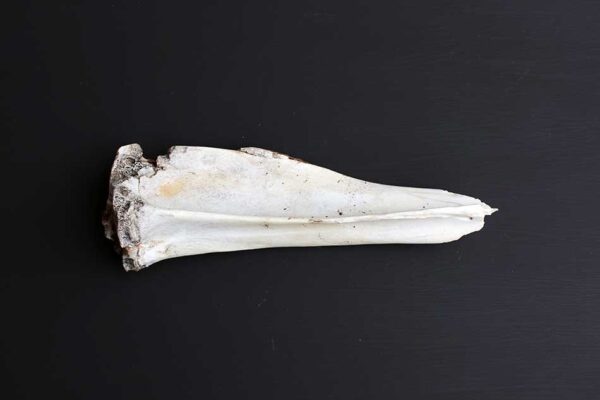
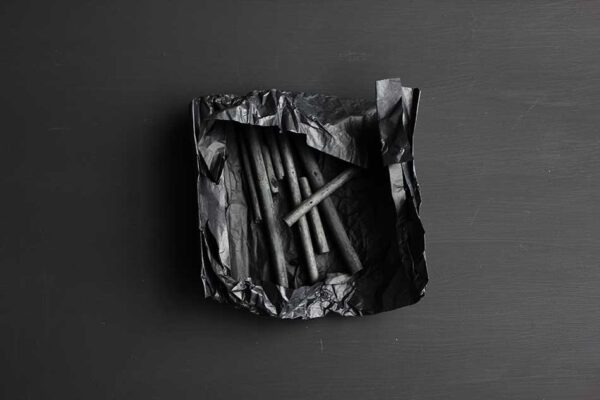
Charcoal.
One of the satisfying things about a charcoal stick is that it lets the body think less strategically than the head. There seems to be less intent, definitely less control, in a swinging, arcing arm holding a piece of brittle burnt tree and putting a mark on an A0 sheet of paper than there is in making a 0.3pt line on an InDesign page with an index finger on a trackpad the size of a beer coaster. It creates the unexpected; it feels something like receiving a gift from out of the blue, when it shatters and snaps, and covers the paper in unplanned scratches and hand smudges.
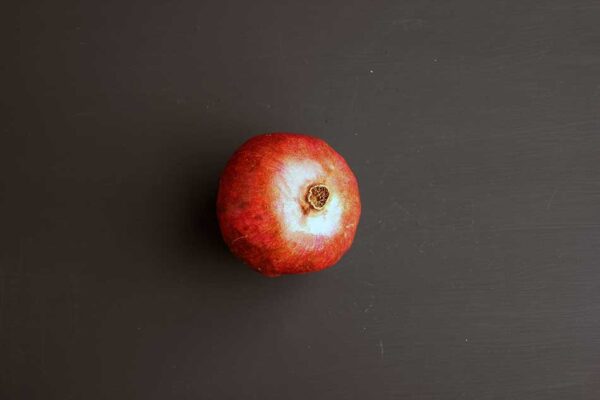
Pomegranate.
A fruit loaded with meaning along with its jewel-like seeds. European myths. Persephone. Orpheus and Eurydice. The underworld. The writings of Virgil and Ovid. Operas by Stravinsky and Gluck. Death and regeneration.
